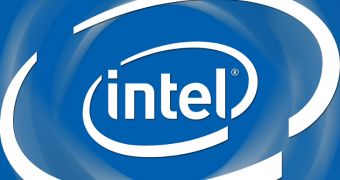Semiconductor blueprints and plans look good on paper and virtual presentations slides, but the manufacturing technologies of today are far from perfect, something that Intel seems to know all too well.
Chipzilla has been taking into account the presumably high likelihood of its manufacturing facilities failing to produce perfect chips more often than not.
This, according to VR-Zone, is the reason Intel never talked about Ivy Bridge E/EP processors with more than 10 cores.
It is now reported that Intel's manufacturing plants have been handling the production better than they feared, meaning that there are processors that have all the cores on the die operational. And since the Ivy Bridge E/EP always had 12 cores, this opens the door for 12-core central processors with 30 MB L3 cache memory and high speeds.
To offer perspective, the best CPUs, during past presentations and reports, were said to have 10 cores and 25 MB L3 cache (2.5 MB per core).
Gamers shouldn't expect 12 cores on the desktop front though. There is no reason Intel would put more than 8 at this point in time, not when applications are just getting comfortable with four-core support. Even hexa-core chip iterations are a bit overkill right now.
8-core CPUs with 15 MB L3 cache will be sold for desktops, made from the chips that don't come out of the factory in perfect running order (the faulty areas on the die are disabled).
Servers and data centers can definitely benefit from the higher core count though, especially considering the power efficiency benefits that next-generation CPU architectures always bring. A 12-core at 3.2 GHz would have a TDP of 150W and over 300 GFLOPs in peak DP FP per socket.
All in all, if Ivy Bridge-EP do end up with up to 12 cores, the core count of the Haswell-EP makes a lot more sense (14).

 14 DAY TRIAL //
14 DAY TRIAL //